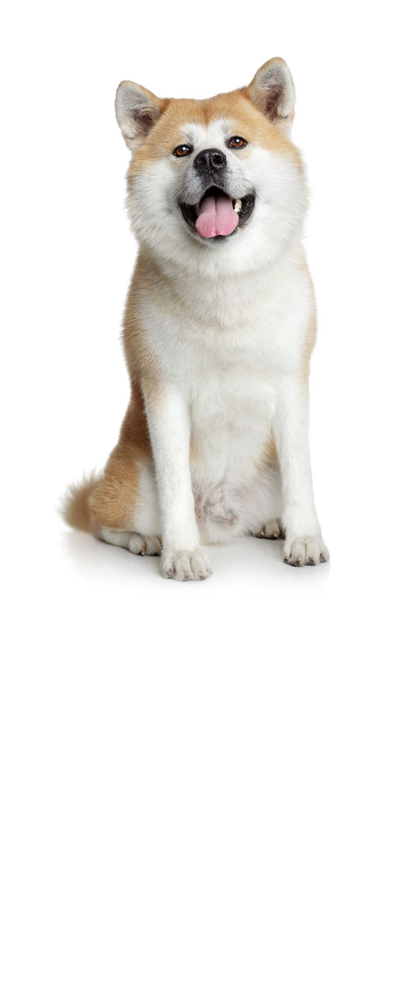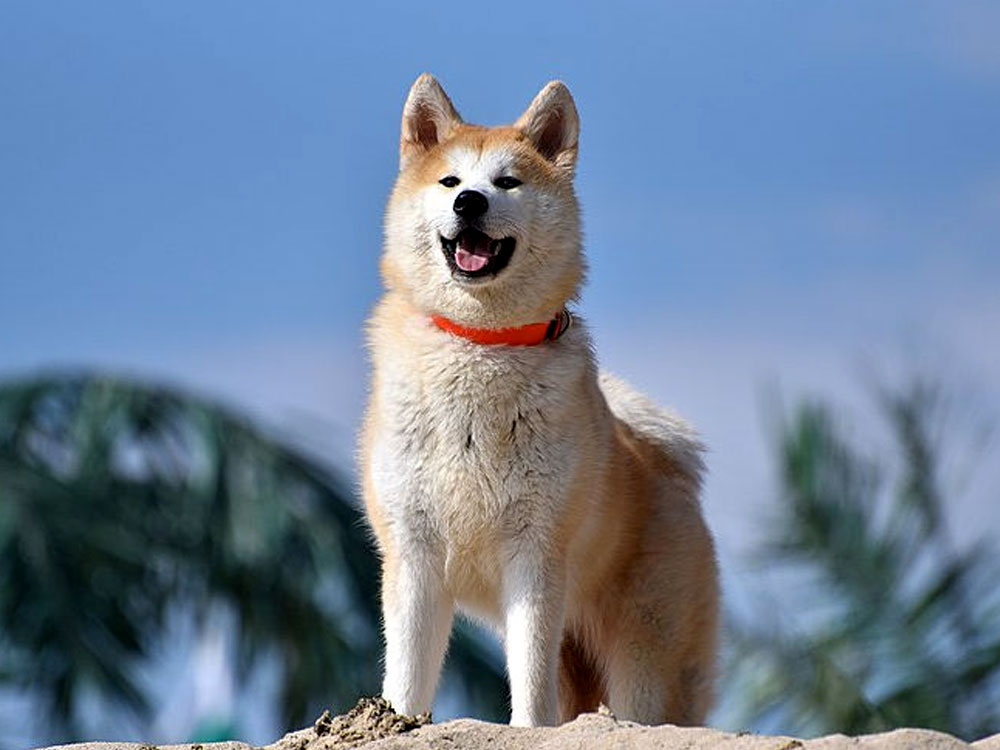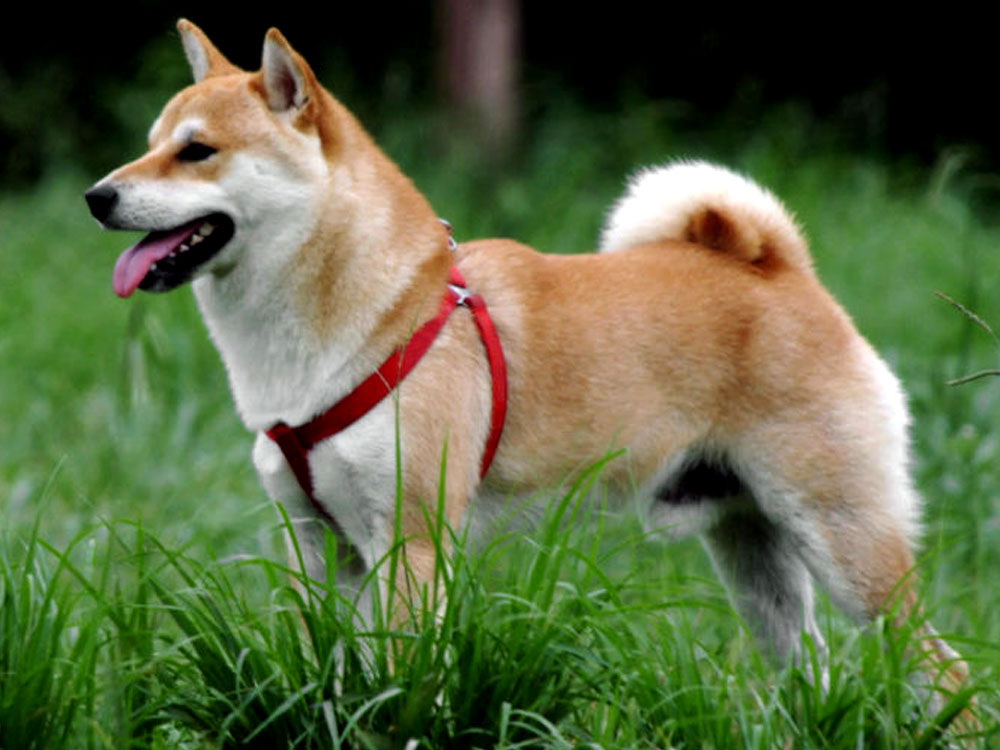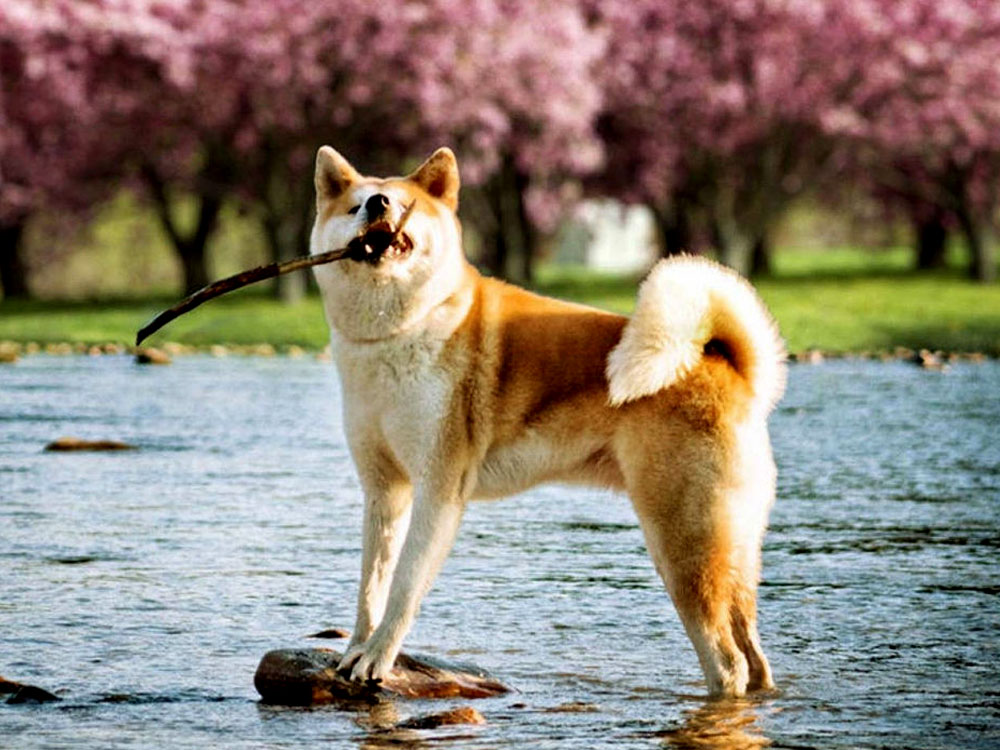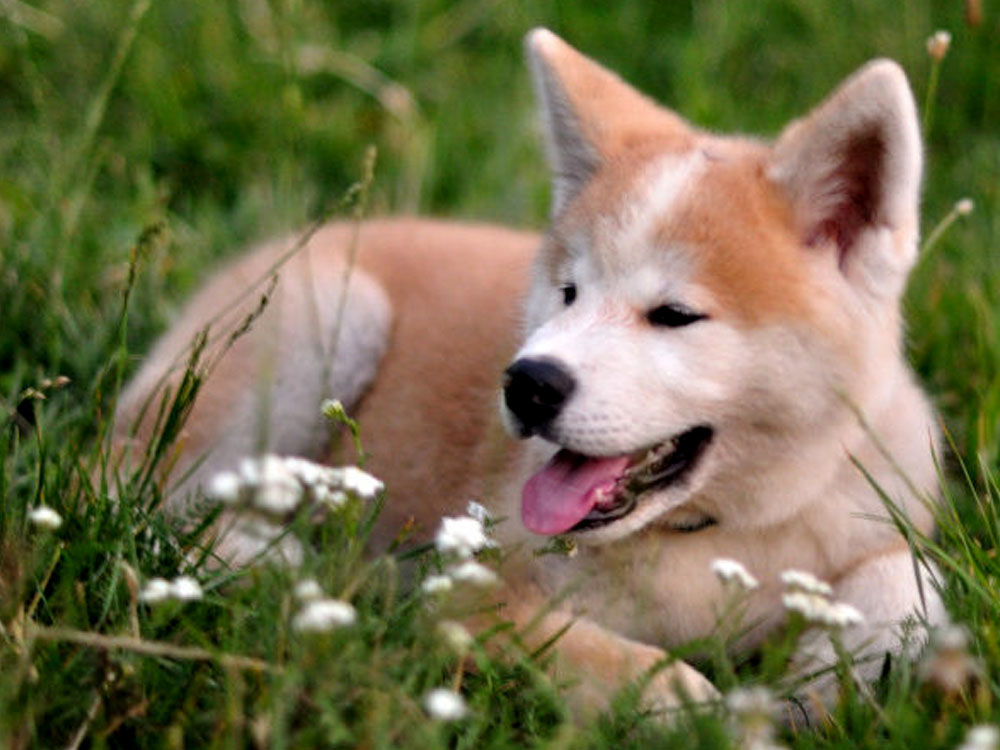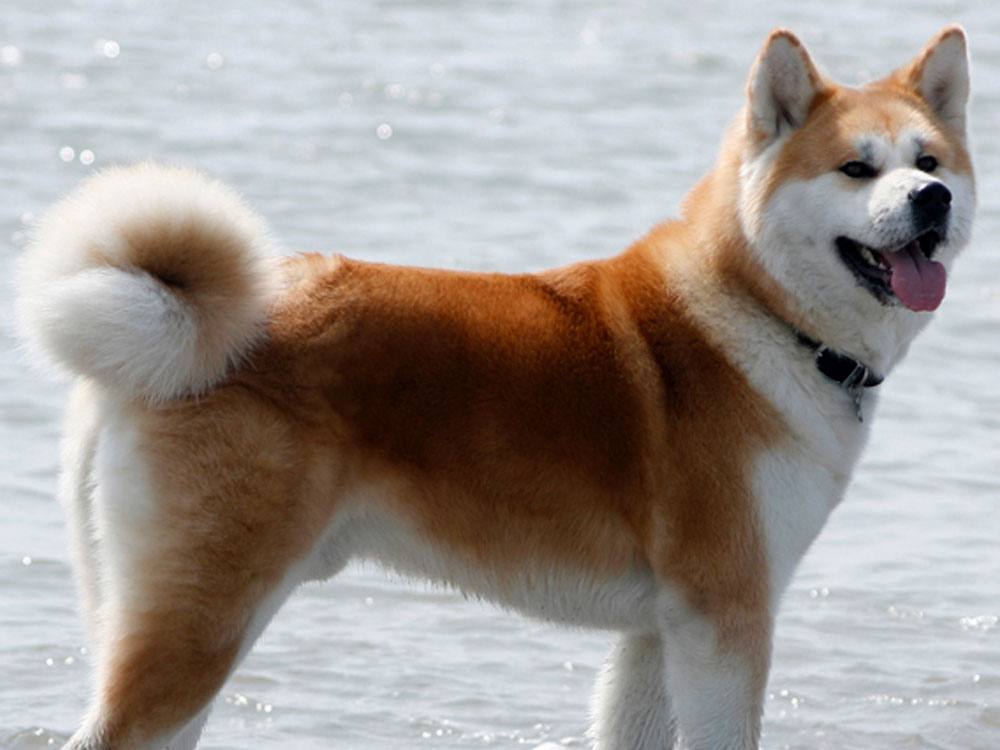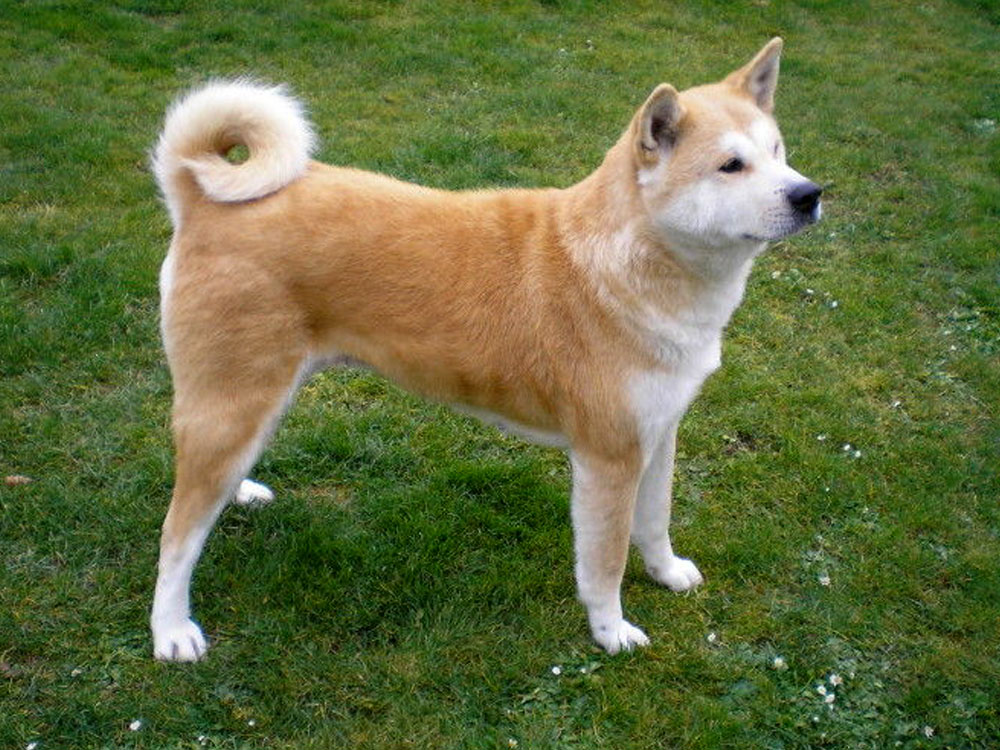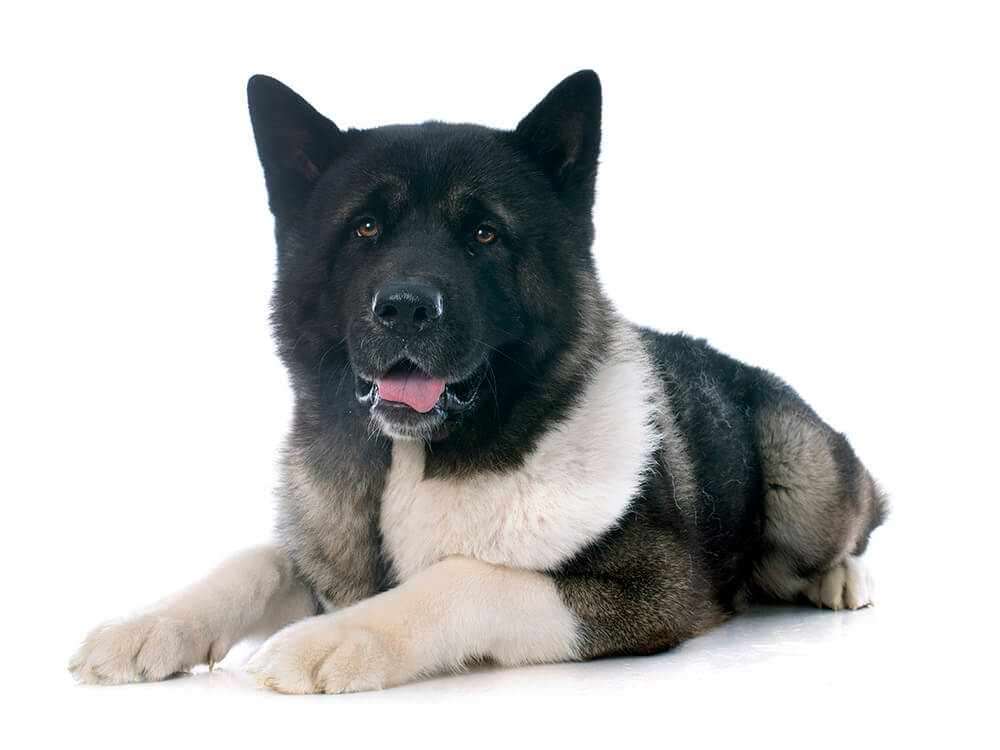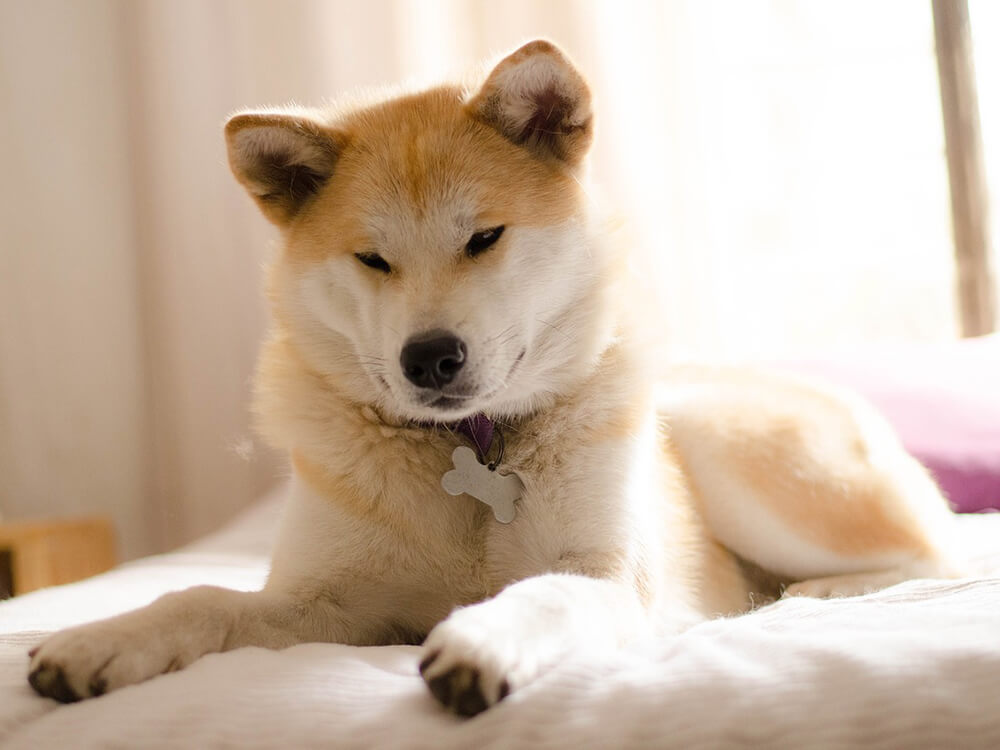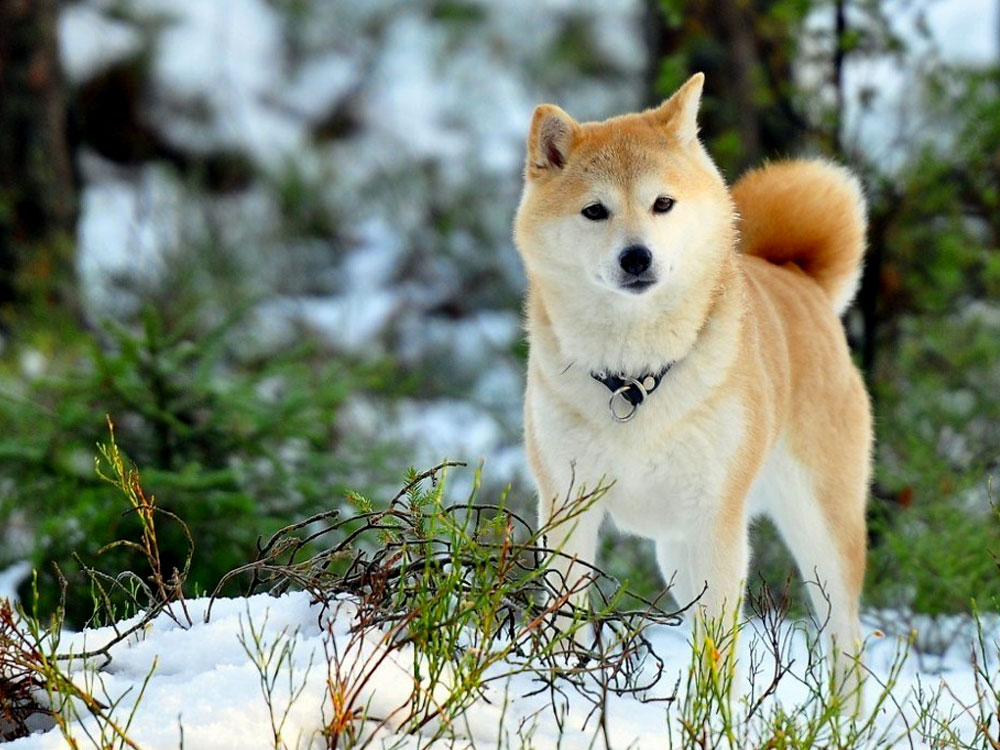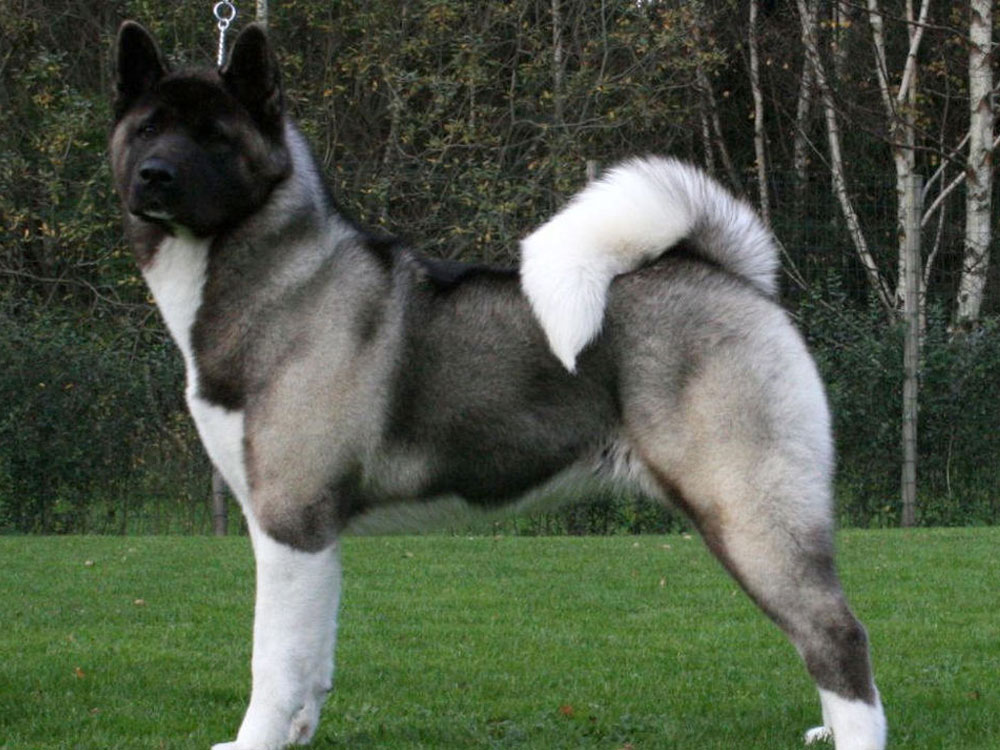
Akita Breed Pictures
Vital Breed Stats
| Height: | 66 - 71 cm M | 61 - 66 cm F |
| Weight: | 34 - 54 kg M | 34 - 50 kg F |
| Breed Group: | Utility Dog Group |
| Life Expectancy: | 10 - 13 years |
| KC Registered: | No |
Breed Characteristics
| Size: |  |
| Grooming: |  |
| Exercise Level: |  |
| Trainability: |  |
| Barking Level: |  |
| Good with Children: |  |
| Good with other pets: |  |
| Affectionate: |  |
| Protective: |  |
| Cost to Keep: |  |
Give a thumbs up if you love the Akita

0
More About the Breed
History
The most popular Akita in the world may be the loyal Hachiko, whose life was made into a Hollywood film. The Akita is named after its hometown in the Akita Prefecture, the northernmost region of the island of Honshū, Japan. Belonging to the spitz group, the breed existed since the 1600s and used by Japanese royalty as a guard and hunting partner. It is also said that before these royal duties, it was raised as a fighting dog. Writer and activist Helen Keller first brought the breed to the US in 1937. The American Akita was introduced to the UK in the same year and was Kennel Club registered since 1986. The kinds we see today were developed in the US.
This breed is referred to as the 'great Japanese dog.' The Kennel Club recognises two varieties of Akitas. The first is the Japanese strain called the Japanese Akita, also known as Akita Inu and Akita Ken. The other one is the American strain called American Akita or simply Akita. Free breeding between the two is not commonly done.
Appearance
The Akita is a generally large and powerful dog. It weighs 100–130 pounds and stands 65–72 centimetres at the withers. It has a huge head with a broad forehead. It has small triangular eyes, a pointed, short muzzle, and erect ears. It has a broad chest, long legs, and a muscular neck. Its assertive stance and intimidating presence drive away troublemakers.
The Akita has a regal appearance, thanks to its thick, fluffy undercoat, whilst its outer coat is coarse. Its full and lush coats come in a variety of colours. All colours are acceptable except merle.
Grooming
Temperament
The Akita requires dedicated training and challenging tasks so it can channel its energy appropriately. Handlers must be confident and strong-willed or the dog will become stubborn and aggressive to animals especially dogs of the same sex.
This dog breed is generally a good choice for a family pet. However, its temperament will depend largely on its socialisation and training. An Akita that has been overtrained to be a serious watchdog will not likely be a good fit in a domestic environment.
Intelligence
Nutrition
Feeding
Health
Exercise
Cost of Ownership
Purchasing an Akita puppy will cost you £600 to £1,500; expect to pay more if coming from a reputable breeder. On top of the initial purchase, you need to buy high-quality dog food, which is £40 to £60 a month. Other costs are toys and dog supplies costing around £200. Veterinary fees, check-ups, vaccinations, boosters, and other healthcare expenses are estimated at £1,200 a year.
For pet insurance, this will set you back £50 a month for basic coverage and £80 a month for lifetime coverage. Overall, you might be spending around £15,840 to £20,160 throughout your Akita’s lifetime depending on the insurance coverage. Expect to pay more for treatments and medical procedures not covered by the pet insurance.
Is an Akita Right for You?
- The Akita is extremely protective and originally bred as a guard dog.
- It is intelligent and easy to house-train.
- The Akita only barks when necessary.
- He is heavy shedder, especially during autumn and spring.
- He can become stubborn if not trained properly, hence he is ideal for experienced dog owners.
